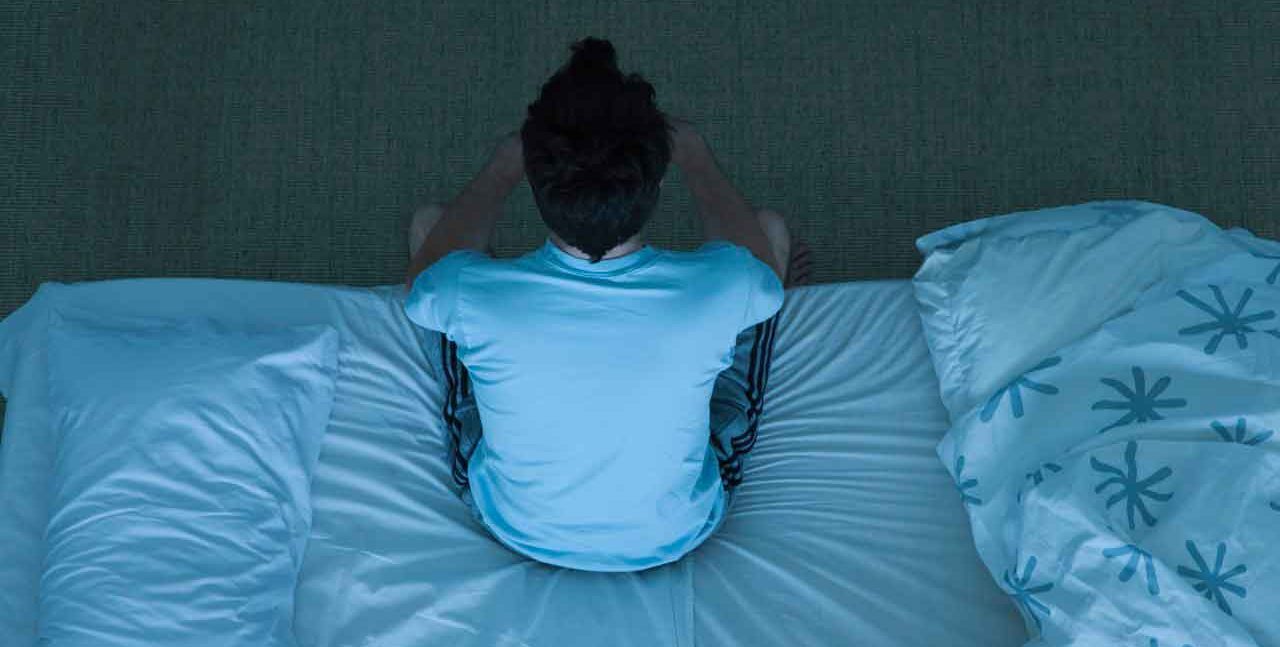14 Wrong Ideas about Mental Illness

Don’t assume the worst if you hear of someone with a new diagnosis.
Mental illness is still embarrassing to admit, in part because friends and family may summon the worst images from the movies: a person who will never function, may become violent, and is beyond their help. None of that is necessarily true or even likely.
YOU MIGHT ALSO LIKE: The Truth about Suicide
Myth: Mental illness is rare. Reality: Nearly 1 in 5 American adults experience some form of serious mental illness in any year.
Myth: People with a mental illness are always ill and lost in their hallucinations or delusions. Reality: Even people with severe illnesses may be in touch with reality more often than they are not. Many people quietly bear their symptoms without showing signs of it to others. You probably know one of them without realizing it.
Myth: Most people with mental illness live on the streets or are in mental hospitals. Reality: Most Americans who have a mental illness live in the community and lead productive lives. Those who need hospitalization usually stay only for treatment and return home. Some, however, do become homeless.
Myth: If you see someone behaving violently, they are likely to be mentally ill. Reality: Only 3 percent to 5 percent of violent acts can be attributed to people living with a serious mental illness. Someone suffering from a psychosis such as schizophrenia is more often frightened, confused, and despairing than violent.
Myth: Mental illness is caused by bad genes. Reality: Mental illnesses usually arise out of a mix of causes, including your biology, history, and current environment.
Myth: Only kids have attention deficit hyperactivity disorder (ADHD). Reality: Symptoms first show up in children but may not have been diagnosed then. It’s common for symptoms to last into adulthood, and adults may need treatment.
Myth: Schizophrenia means split personality, and there is no way to control it. Reality: Schizophrenia is often confused with multiple personality disorder. People with schizophrenia have symptoms ranging from social withdrawal to hallucinations and delusions, which can be managed with therapy and medication.
YOU MIGHT ALSO LIKE: Eating Refined Carbs and Junk Food Can Cause Depression
Myth: Depression goes along with aging. Reality: People tend to get happier from middle age on. Although some may lead a quieter life over time, when an older person becomes lethargic or withdrawn, it is appropriate to show concern.
Myth: Suicides are more common during on dark days and in cold months. Reality: It’s true that a lack of sunlight can trigger low mood, an effect called seasonal affective disorder. But suicides peak in the spring and fall and can increase on sunny days or weeks after a dark spell, perhaps because some depressed people may become agitated and impulsive.
Myth: Suicides increase during the winter holidays. Reality: The suicide rate is lowest in December, according to the Centers for Disease Control and Prevention.
Myth: Scandinavia has high suicide rates because of its long, dark winters. Reality: Sweden, Norway, and Denmark, as well as Iceland, actually have annual suicide rates that are slightly below average.
Myth: Women and young people are more likely to commit suicide. Reality: Women are more likely to suffer from depression, but the male suicide rate is about 4 times higher. In 2013, Americans aged 15 to 24 had a suicide rate of about 11 percent, compared to about 19 percent for people 45 to 64 years old and those 85 years and older.
Myth: Electroconvulsive therapy (ECT), formerly known as “shock treatment,” is painful and barbaric. Reality: Patients who receive ECT are asleep and under anesthesia, so they do not feel anything. It has given new lives to people who suffer from severe depression that has not responded to other treatments.
Myth: Family and friends can’t help someone who is mentally ill. Reality: Most adults with diagnosable problems don’t receive treatment. You can steer them to mental health services, and help by treating them with respect and care.
Updated:
April 01, 2020
Reviewed By:
Janet O’Dell, RN